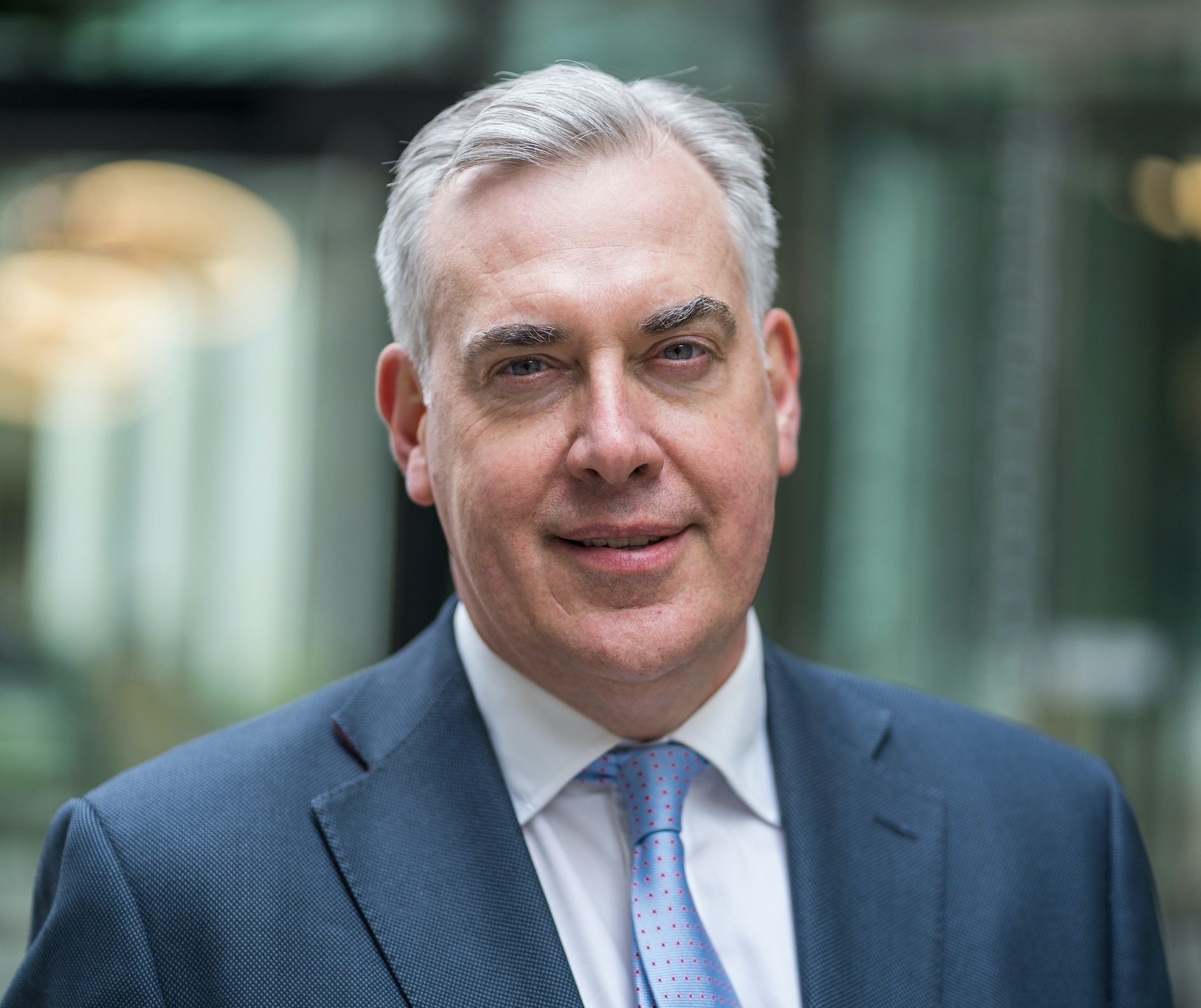The City of London Corporation provides local government services to the City of London. The City occupies one square mile and has fewer than 10,000 residents. However, it is home to many of the world’s leading financial institutions with over 650,000 registered employees, with a majority of those still traveling into the City to work, albeit on more flexible basis post the covid pandemic. The Corporation has many responsibilities over and above those of a typical local authority: it runs a major art gallery, the Barbican Centre, wholesale food markets, Hampstead Heath and other open spaces and the Central Criminal Court (more colloquially known as the Old Bailey). The City also has a major role in representing the UK’s finance and professional services industry.
The City is divided into 25 wards, each with an Alderman and a number of Common Councillors, depending on the size of the electorate. Cordwainer Ward has three Common Councillors.
All four elected members have long standing direct connections to Cordwainer Ward.
Alderman Alexander Barr

Alex Barr was elected as the Ward Alderman in 2o22, having previously served one of the Ward’s Common Councillors (2017-2022). Alex was based in the Ward for many years, and is a senior figure in the UK asset management industry. He leads the private markets investment arm of City based asset management group, Sarasin & Partners LLP, of which he is also a Partner. Alex has chaired key Corporation of London committees including its Audit & Risk Committee and Police Pensions Board.
E-mail: [email protected]
Sir Michael Snyder
Ward Deputy

Sir Michael Snyder is the former Senior Partner of the accountancy firm, Kingston Smith LLP. He also co-chaired the Government’s Professional and Business Services Council. He was Chairman of the City’s Policy and Resources Committee for five years to April 2008 and remains a member of this Committee. He is the current Chairman of the City’s Capital Buildings Committee and a member of its Finance Committee. Sir Michael holds a number of senior non executive directorships across several sectors.
E-mail: [email protected]
Jamel Banda
 Jamel Banda is a senior banker and Head of Treasury at Ghana International Bank (who are based in the Ward). He was elected as one of the Common Councillors for the Ward in 2022, and holds a wide portfolio of committee appointments for the City, with a particular focus on education, and serves as the Deputy Chairman of the City of London Freemens’s School.
Jamel Banda is a senior banker and Head of Treasury at Ghana International Bank (who are based in the Ward). He was elected as one of the Common Councillors for the Ward in 2022, and holds a wide portfolio of committee appointments for the City, with a particular focus on education, and serves as the Deputy Chairman of the City of London Freemens’s School.
E-mail: [email protected]
Amy Horscroft

Amy Horscroft is Director UK Government & External Affairs at Bloomberg (who are based in the Ward). She holds a portfolio of City of London committee appointments including Planning & Transportation, and Culture, Heritage & Libraries. Amy was elected in 2022.
E-mail: [email protected]
Full details of the Committees on which these elected members serve can be found on the City of London website.
The franchise
People entitled to vote in elections for the City of London are residents, sole traders, equity partners in partnerships and electors appointed by businesses. Businesses are entitled to appoint one elector based on a formula depending on the number of employees. The electoral registration date is 1 September in each year, and final Ward Lists are published each February.
Full details of the franchise are available on the City of London website.
Elections
Aldermen are elected for terms of six years and Common Councillors for four years. The next elections for Common Councillors will be in March 2025.
Policing
The City has implemented neighbourhood policing through a programme known as Safer City Wards. Cordwainer is in the southern cluster of wards in the City. The ward policing team can be contacted on 020 7601 2222, E-mail: [email protected].
The Ward policing scheme is described in more detail on the City of London Police website.
Ward issues
Much of the work of the City of London Corporation has an importance well beyond the City and even the local authority issues are different from those facing other local authorities, given the unique nature of the City as the World’s leading financial centre. Much of the work of the Ward’s elected representatives reflects this. One of the key roles of the ward Alderman is to support the City and the Lord Mayor in its promotion of Financial & Professional services (‘FPS’), and in doing so they work closely with senior Common Councillors, particularly the chair of the City’s Policy and Resources Committee, the political leader of the City, who works to promote the City of London nationally and internationally as well as providing first class local authority services.
Like much of the City, the Ward has been centre of substantial relatively recent re-development. The striking No 1 Poultry was the first major development, with Bloomberg’s ward based headquarters being the most recent Many of the less attractive buildings have no long been demolished. To the North of the Ward almost the whole of Cheapside has been redeveloped into modern office accommodation with retail at the ground level. To the West is the major One New Change development. These developments are all part of the City of London’s strategy to provide high quality, well designed office space that is needed by major financial institutions, all within an overall development plan. In late 2026 HSBC are expected to compete their relocation from Canary Wharf to a new site to teh immediate north of St Paul’s cathedral, which is expected to provide a significant fillip to local trade. This is not an area where high rise developments are permitted, because of the effect on the Cathedral. Indeed new developments significantly enhanced the view of St Paul’s. All development is disruptive to some extent, but through planning requirements the City does everything it can to ensure that disruption is minimised.
The Ward has benefited from the extensive streetscene programme run by the City of London Corporation. The programme is funded from a variety of sources including section 106 planning agreements, the surplus from off-street parking and voluntary contributions from businesses. The latter have been particularly significant, reflecting the wish of businesses to be located in areas that are attractive, and also to make a contribution to community facilities. Watling Street, Bow Lane and Pancras Lane have all been substantially enhanced. The carriageway is now granite setts and Portland stone, and planters and new lighting have also been installed. Bow Lane and Watling Street are now pedestrianised and are attractive routes to work for many City workers. Bow Churchyard has been considerably enhanced with new paving and trees. Bank Junction is now largely a traffic-free area, which has greatly enhanced its appearance and ease of use for pedestrians.
The whole of Cheapside has been remodelled with a smaller carriageway, much wider footways, trees and high quality paving.
The City has traditionally been a retail desert. This is changing as a result of the City of London’s strategy to encourage retailing, particularly on the ground floor of office blocks, something which also enhances the streetscene. Cheapside has become a major retail centre, and now has nearly as much retail space as the new White City development.
One area of concern is the constant digging up of the roadways, including the pedestrianised areas, by the utilities, and reinstatement often taking an inordinately long time. The utilities have the right to dig up roads as they wish and the City of London Corporation, like other councils, has very limited powers to control this.
The City has always been a 24 hour City for the financial services industry, but more recently it has become a 24 hour city for leisure as well. While this is welcome to some extent it has led to some anti-social behaviour in the early hours of Saturday and Sunday mornings and is putting a strain on police resources. A strategy has been implemented to contain the problem.
City businesses rightly seek improvements in the quality of public transport in London. The City of London is not a direct transport provider but is able to exert influence over Transport for London and other transport providers and does not hesitate to do so


